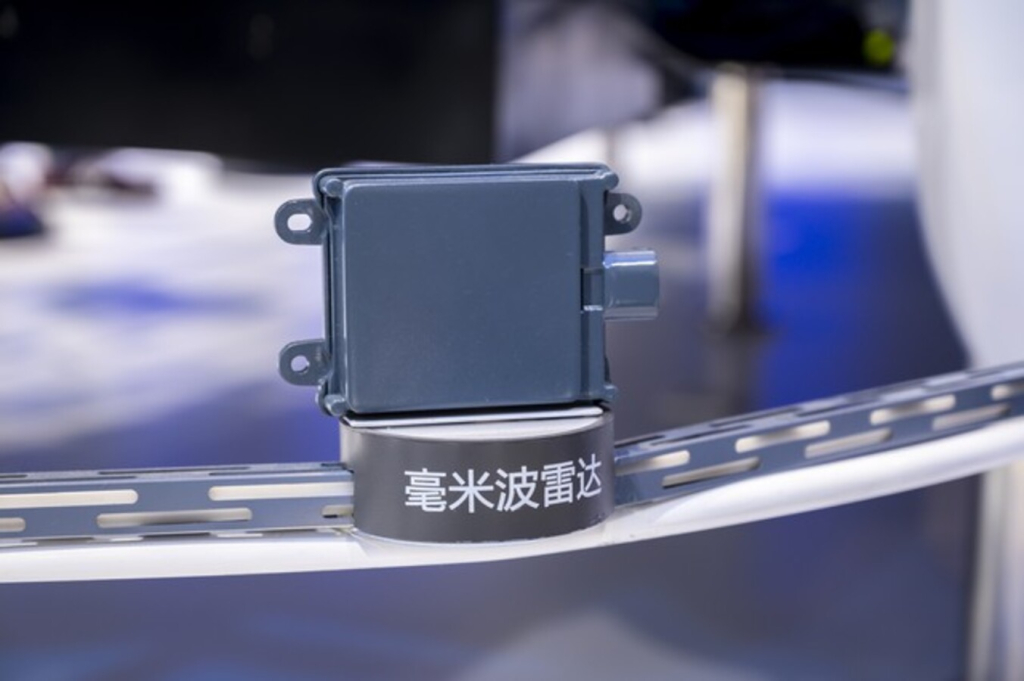Blogs
The protagonist of wireless high-speed bandwidth millimeter wave
||

According to the 3GPP 38.101 protocol, 5G NR mainly uses two frequencies:FR1 and FR2.The frequency range of the FR1 band is 450 MHz-6 GHz, also known as the sub 6GHz band; the frequency range of the FR2 band is 24.25 GHz-52.6 GHz, which is commonly referred to as millimeter wave. Millimeter-wave communication enables high-speed transmission of up to 10 Gb/s, making it the focus of 5G mobile communications. The basic principle is to use unauthorized frequency bands for ultra-large bandwidth transmission, thus achieving extremely high-speed wireless transmission and obtaining greater system capacity. At present, millimeter wave communication has made great progress in indoor wireless personal area networks and outdoor wireless mesh networks, but for 5G mobile communication, its channel transmission characteristics such as high transmission loss and easy to be blocked also bring great challenges to the practical application of millimeter wave communication. In terms of the use of frequency bands, wireless communication relies on electromagnetic wave propagation, and the most valuable resource is bandwidth. Currently, telecom operators have begun to study millimeter wave technology in order to find the most suitable frequency range for mobile applications. In order to harmonize millimeter wave frequency standards worldwide, the International Telecommunication Union (ITU) published a list of globally available frequencies between 24 GHz and 86 GHz after the World Radiocommunication Conference, and eventually three bandwidths of 28 GHz, 39 GHz, and 73 GHz gradually emerged. what is a distinguishing feature of 5g mmwave?
Millimeter Waves
Electromagnetic waves with a wavelength of 1 to 10 millimeters (in the frequency domain of 30 to 300 GHz) are called millimeter waves, which are located in the wavelength range where microwave and far-infrared waves overlap, and thus have the characteristics of both wave spectra. The theory and technology of millimeter wave are the extension of microwave to high frequency and the development of light wave to low frequency respectively.
Characteristics:
(1) extremely wide bandwidth. Usually we think for millimeter wave frequency variation range of 26.5 ~ 300GHz, the bandwidth reaches the highest temperature up to 273.5GHz.
2) Narrow beam. It is possible to distinguish smaller targets, closer or clearer to observe the details of the target.
3)Compared with laser light waves, millimeter wave propagation is much less affected by climate, less susceptible to natural light and heat radiation sources, can be considered to have all-weather characteristics.
4) Compared to microwaves, millimeter waves are much smaller in size. Millimeter-wave systems are therefore easier to miniaturize. As a result, hardware manufacturers can more easily equip mobile devices with millimeter-wave antenna arrays, thus enabling a variety of communication technologies
Relative disadvantages:Severe propagation attenuation in the atmosphere (propagation distance is limited to a maximum of about 200 meters. That is, more base stations need to be covered), and the processing precision of the device is high (that is, the production cost is relatively high).
Millimeter wave technology is currently used: in communications, radar, qcm6490remote sensing and part of the development of astronomy and other fields have been a large number of applications.
Allother author's recent blogs
- • Umbilical cord blood: the source of life for babies and a treasure trove of medi
- • How to remove formaldehyde fastest and most effectively?
- • How to choose industrial LCD screen?
- • How to scientific facial acne inflammation 3 ways to easily repair acne
- • One lawn wedding is enough! Contains super detailed lawn wedding process guide